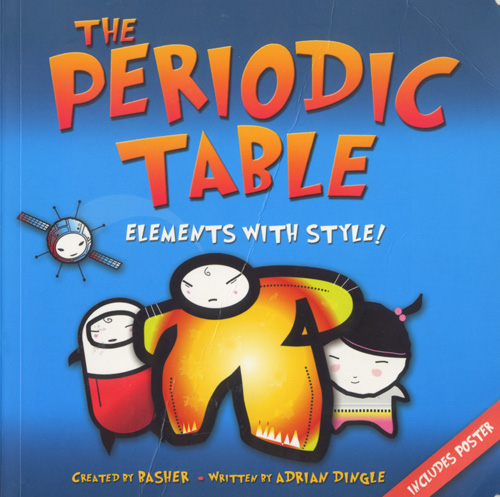Yesterday, the Cave of Grading got something even better than hot-and-cold running margaritas. (OK, I recognize that hot running margaritas would be gross. Maybe hot running Irish coffee?) It got this:
I know what you’re thinking: How is a hilarious memoir about life in Texas (and on the internet) at all helpful in the project of catching up on a catastrophic grading backlog?
And it’s true, the book itself has not picked up a grading pen to help me get the job done. However, each of the conveniently-sized chapters in the book feels like a well-deserved reward after plowing through another 10 or 15 papers on the stack. Also, the guffaws Lawson’s writing provokes seem to restore some of the life-force depleted by grading. I haven’t subjected it to proper empirical investigation, but I hypothesize that these same guffaws result in better oxygenation of the blood, glossier hair, and a clearer complexion. Or at least they help me maintain enthusiasm for getting the job done, and restore me to a relatively cheerful baseline mood from which to evaluate student work with some modicum of compassion.
If you think your childhood was strange, or that you argue about weird stuff with your partner, or that the creatures in your yard or your house or your walls might be dangerous and/or haunted, Jenny Lawson pretty much has you beat, but you will still feel the comfort of recognition. You might also be moved to check to see when your last tetanus shot was.
Important stuff in this book:
- The observation that it may be harder to properly identify the type of bird in front of you than who that bird belongs to, and that this may have significant social consequences.
- Some liquids that have detectable odors and some that do not. Also, some liquids that are collectable, apparently, if that’s how your father rolls.
- Maybe the worst-ever attempt to “just fit in” with the other kids in high school, especially as it results in kind of getting stuck.
- A tremendously awesome discount outlet purchase that is not towels, but that someone maybe wishes had been after all.
- A frank discussion of what it can be like to live with an anxiety disorder, and how it’s much less hilarious to be living than its description might make it seem.
- Descriptions of parenting and grandparenting strategies favored by the author’s forebears, some of which involve sacks of animals of varying degrees of animation, some of which involve unconventional use of sugar cubes.
- Sufficient data for me to cross a job in HR off my list of potential careers if the academia thing doesn’t work out.
- Ample documentation of perfectly good words that spellcheck apparently did not want the author to use in writing her memoir, because spellcheck is kind of a jerk.
- Word problems. This book will exercise your brain! Not to mention guidance on the appropriate kickback for your English teacher (which, in my professional opinion, would also be appropriate for a philosophy professor).
- Flint-napping.
If it’s been too long since you’ve read a book that causes you to emit involuntary sounds of hilarity around others, you owe it to yourself to read Let’s Pretend This Never Happened.
(There’s also an audiobook version, but based on my experience of reading the book-book version, I would strongly advise against listening to it while driving on account of the uproariousness might cause you to lose control of the vehicle, hurting others and yourself. If you must, please save it for stop-and-go traffic.)










